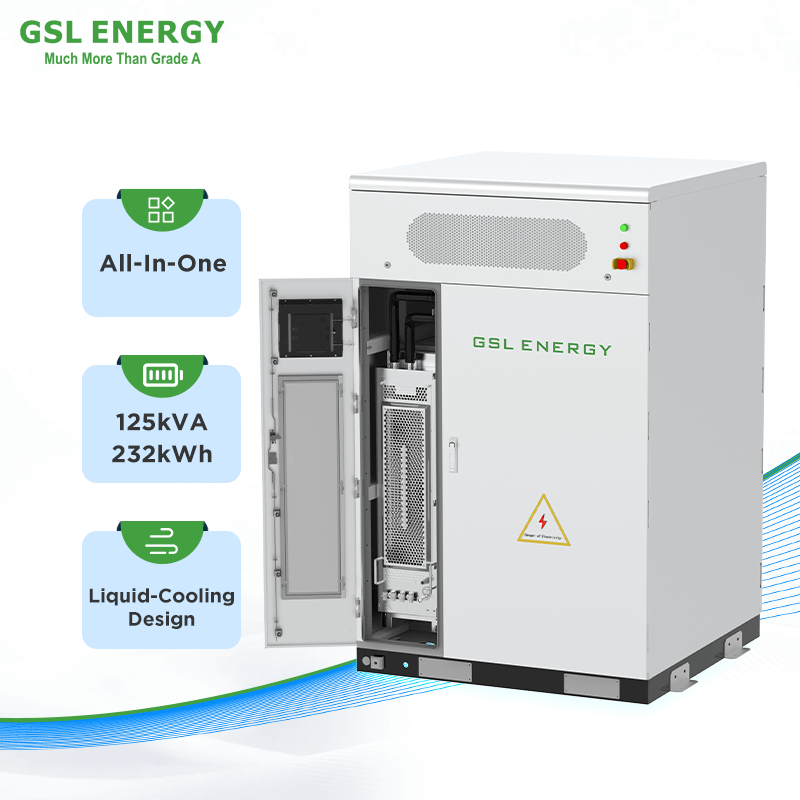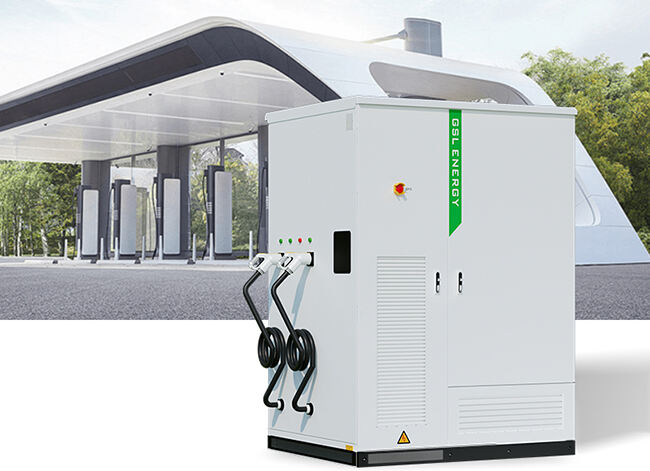Why Liquid-Cooled Energy Storage Systems Are Leading the Future of Clean Energy — Insights from GSL Energy
In the dynamic landscape of renewable energy, liquid-cooled energy storage systems have rapidly emerged as a dominant force, gaining widespread attention and adoption across the globe. What has made this technology so prominent in such a short time? GSL Energy takes a closer look at the key reasons behind the rising popularity of liquid-cooled systems.
1. Advanced Thermal Management: A Breakthrough in System Performance
At the heart of liquid-cooled energy storage systems lies a revolutionary approach to thermal regulation. Unlike conventional air-cooled systems, liquid cooling employs a coolant that circulates directly around the battery cells. This enables far more precise temperature regulation, keeping temperature variation within a tight ±3°C range. The result is highly efficient thermal transfer, with heat transfer coefficients ranging from 1,000 to 50,000, a massive leap compared to the 25 to 100 range seen in air-cooled systems. This translates into improved safety, higher performance stability, and longer battery lifespan.
2. Rising Demand from Grid Transition and Renewable Integration
The growing global shift toward clean energy sources such as solar and wind, which are inherently intermittent, has increased the demand for robust, long-duration energy storage solutions. Liquid-cooled systems are uniquely equipped to handle these demands, offering high energy density and broad operational adaptability, functioning effectively across a wide temperature spectrum — from as low as -40°C to as high as 60°C. Their ability to smooth out grid fluctuations makes them an ideal solution for utility-scale applications.
3. Longer Service Life and Reduced Energy Consumption
While the initial capital cost for liquid-cooled systems may be higher, they are engineered for longevity. GSL Energy's own 125K232kWh AC-coupled liquid-cooled solution, for instance, is designed for a life cycle of 15 to 20 years. Furthermore, the streamlined architecture minimizes the use of moving parts like fans, cutting down internal energy consumption by 30–50% compared to air-cooled models. Modular maintenance design also enables on-the-fly repairs without halting system operations, reducing both labor and downtime costs.

4. Broad Application Scenarios: From Utility to EV Charging
Liquid-cooled systems are not just built for large-scale power plants. Their scalability and reliability make them suitable for a variety of scenarios:
Grid-Level Applications: They support services such as frequency regulation, load shifting, reserve capacity, and black start capabilities, strengthening the grid's resilience.
Commercial and Industrial Settings: Ideal for factories, business parks, and data centers, these systems help shave peak demand, lower energy costs, and ensure backup power for mission-critical operations.
Remote and Harsh Environments: Their robust thermal design makes them optimal for desert areas, remote installations, and border posts, where equipment must withstand extreme conditions with minimal maintenance.
Integrated Solar + Storage + EV Charging: GSL Energy’s latest all-in-one solution — the GSL-100(DC50)(215kWh)(EV120) — merges solar generation, energy storage, and EV charging into a single, compact setup. It serves as a buffer to stabilize the power grid during peak EV charging hours, delivering fast response and high-power output.
In summary, the evolution of liquid-cooled energy storage systems is more than a technological upgrade — it represents a fundamental shift in how we store and manage energy. With unparalleled temperature control, superior durability, and wide-ranging application flexibility, liquid cooling is quickly becoming the standard in next-generation energy infrastructure.
As the saying in the industry goes: “To lead in energy storage, you must lead in liquid cooling.” And companies like GSL Energy are at the forefront of this transition.


